
Open Hours: Mon - Fri 8.00 am - 6.00 pm
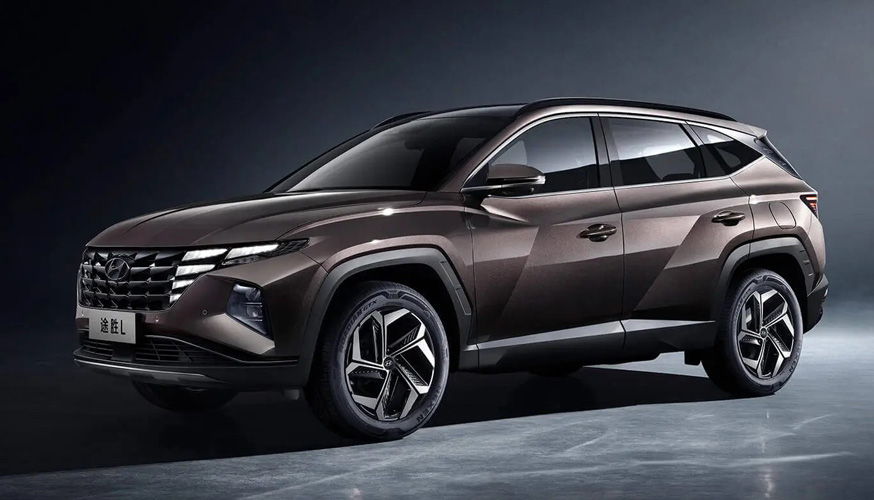
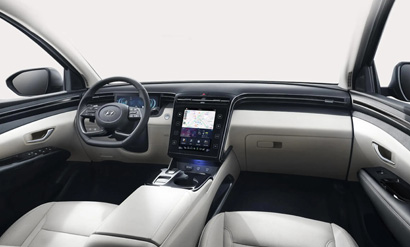
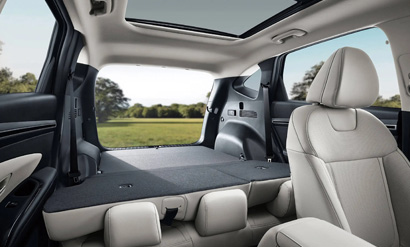
Product Description
The Hyundai Tucson is a compact crossover SUV[1] produced by the South Korean manufacturer Hyundai. It is named after the city of Tucson, Arizona, U.S.
The second-generation model was marketed as the Hyundai ix35 in several markets, including Europe, Australia and China, before reverting to Tucson for the third-generation. Since its first-generation, the Tucson has been developed alongside the Kia Sportage, sharing platforms and engines.
The Tucson is the best-selling Hyundai model, with more than 7 million units sold globally since it launched in 2004. Of these, 1.4 million units have been sold in Europe.
The fourth-generation Tucson was revealed on 15 September 2020. The all-new model features Hyundai's "jewel-like" grille, with geometric daytime running lights integrated in its design. Hyundai's design team, led by SangYup Lee, its senior vice president and head of Hyundai Global Design Center, has reshaped the Tucson with bulging fenders, angled wheel wells, a level roofline and short overhangs. Prior to its release, the fourth-generation Tucson was previewed as the Vision T Concept showcased at the 2019 Los Angeles Auto Show in November 2019.
Riding on a shortened version of the N3 platform shared with the larger Santa Fe, the fourth-generation Tucson is offered with two wheelbase length for different markets to meet different customers needs and expectations in different regions, which are short-wheelbase (2,680 mm (105.5 in)), and long-wheelbase (2,755 mm (108.5 in)). Most regions outside Europe, Middle East and Mexico receives the long-wheelbase version. In China, the long-wheelbase-only fourth-generation Tucson is marketed as the Tucson L to differentiate itself with the older model.
In the interior, the new Tucson features an optional hoodless fully digital instrument cluster and a four-spoke steering wheel. It also includes a vertically stacked, dual 10.25 in (260 mm) full-touch screen with capacitive buttons. For the long-wheelbase version, Hyundai claimed the cargo volume will provide a 38.7 cu ft (1,096 L) of usable space.
Detailed Photos
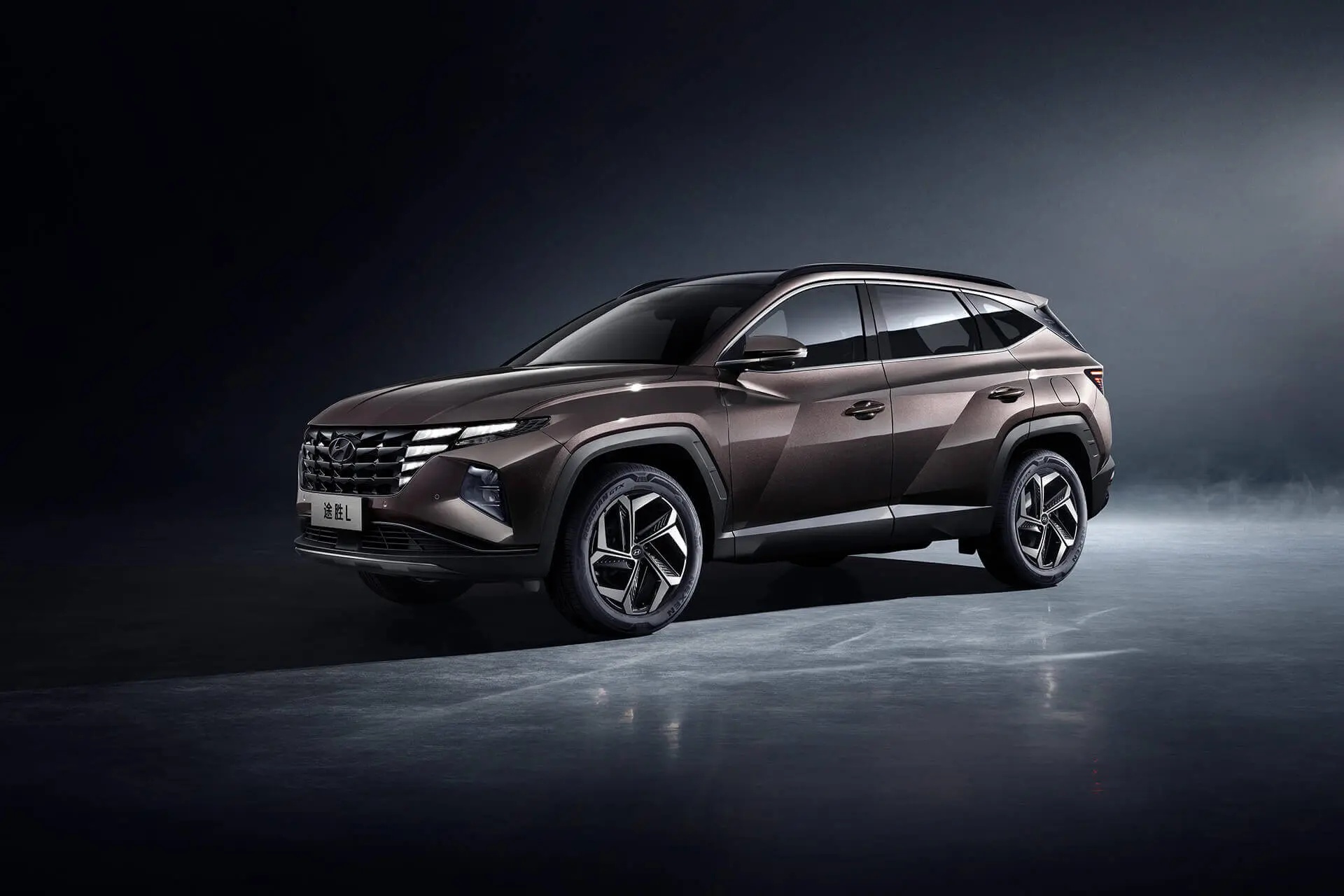
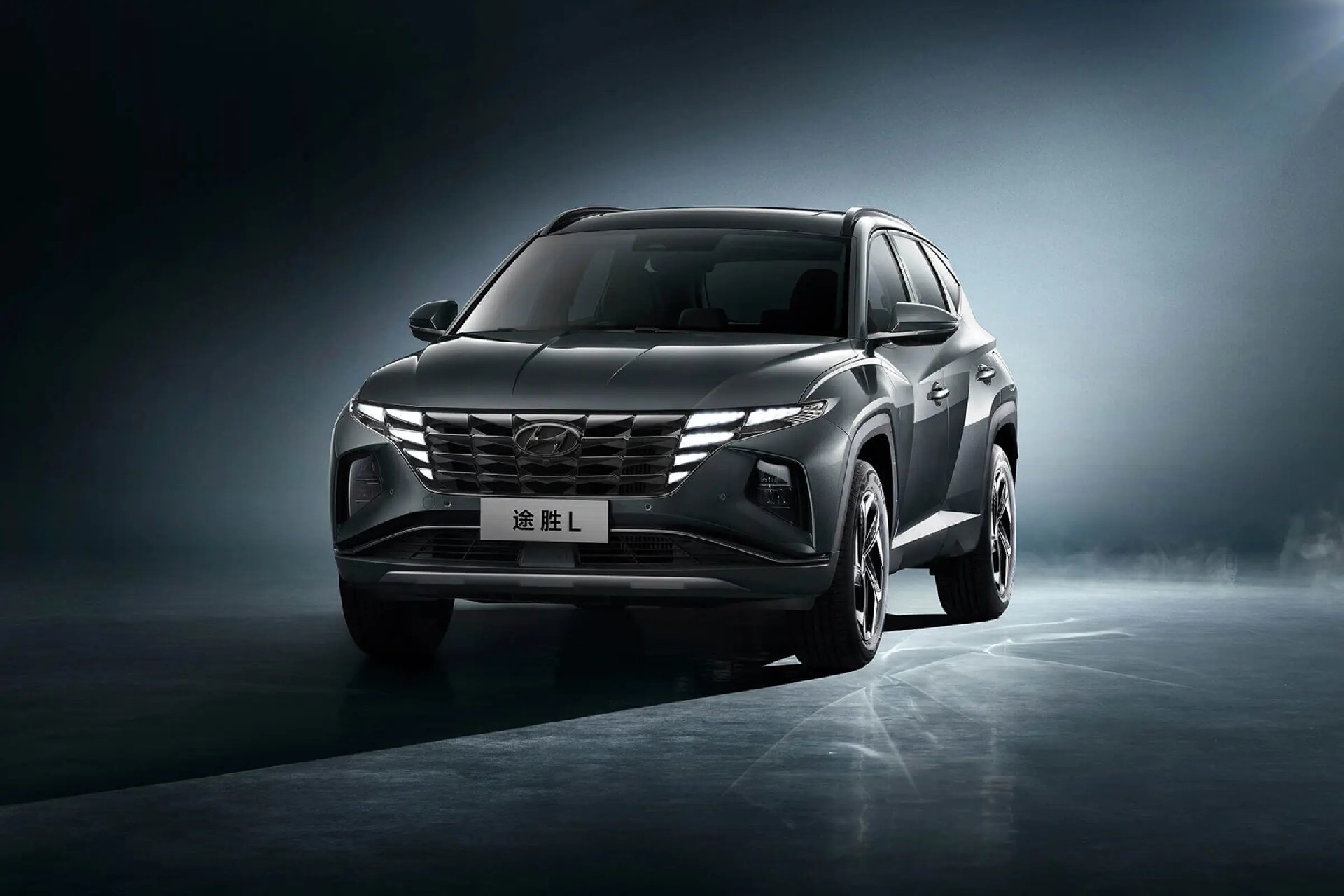
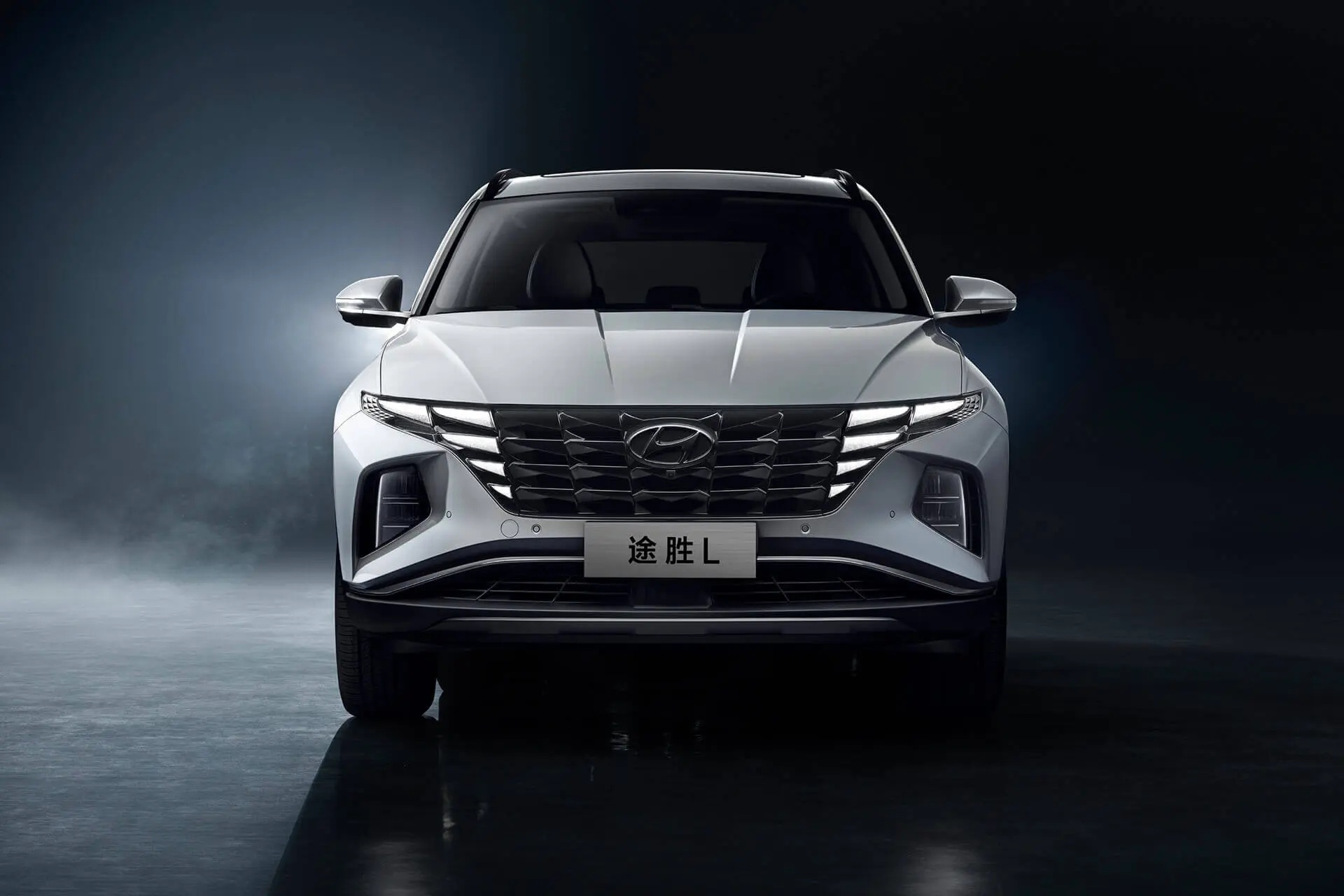
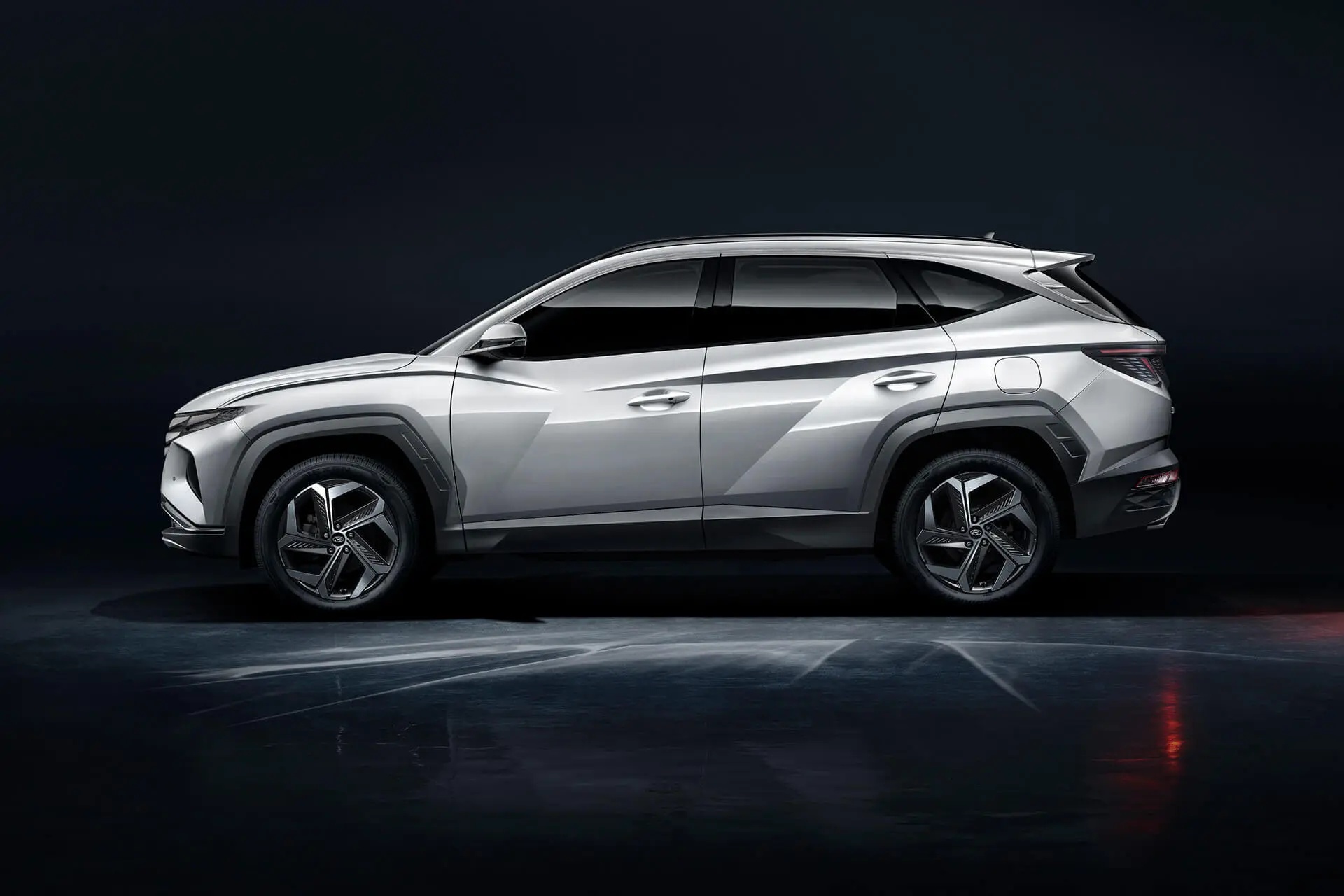
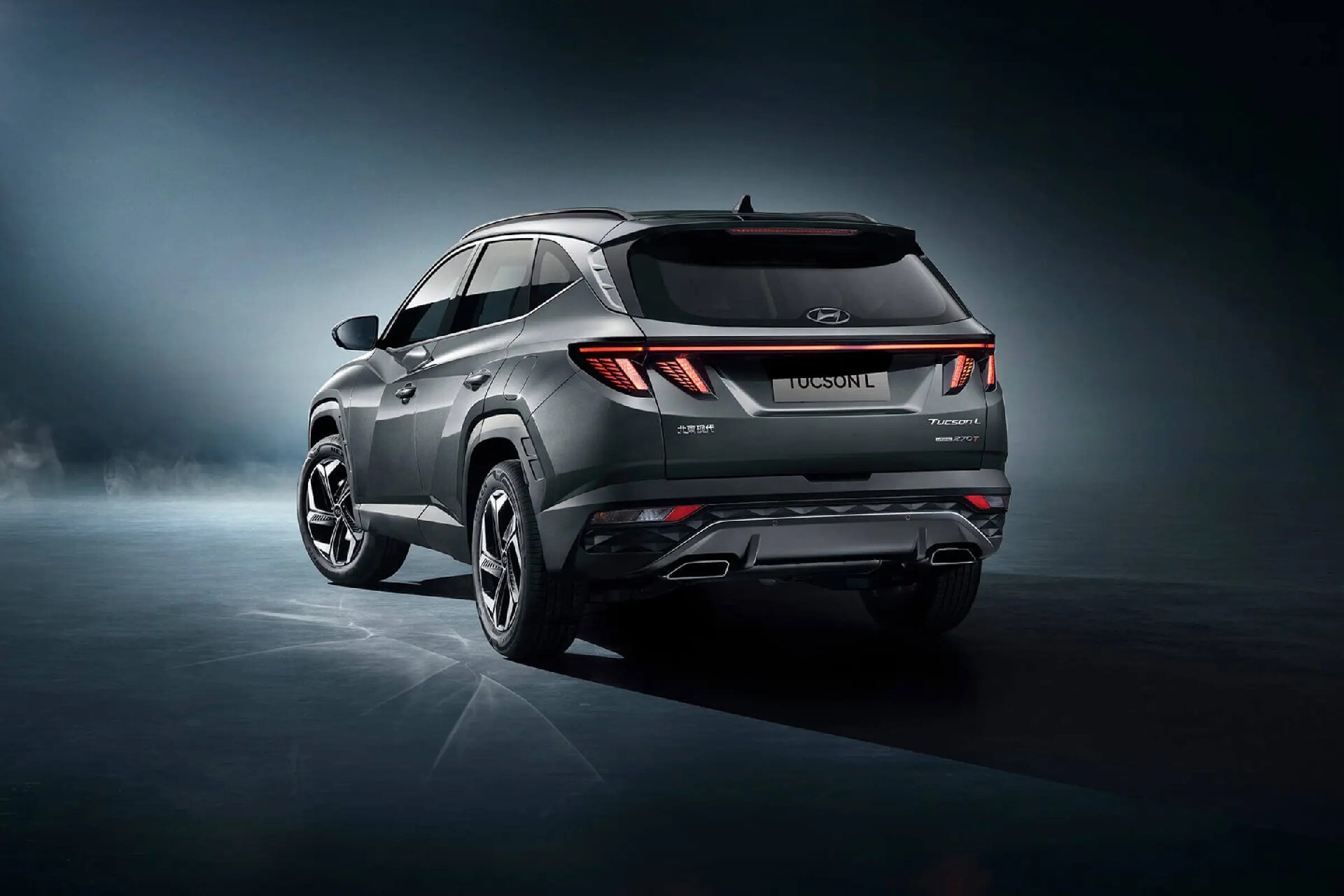
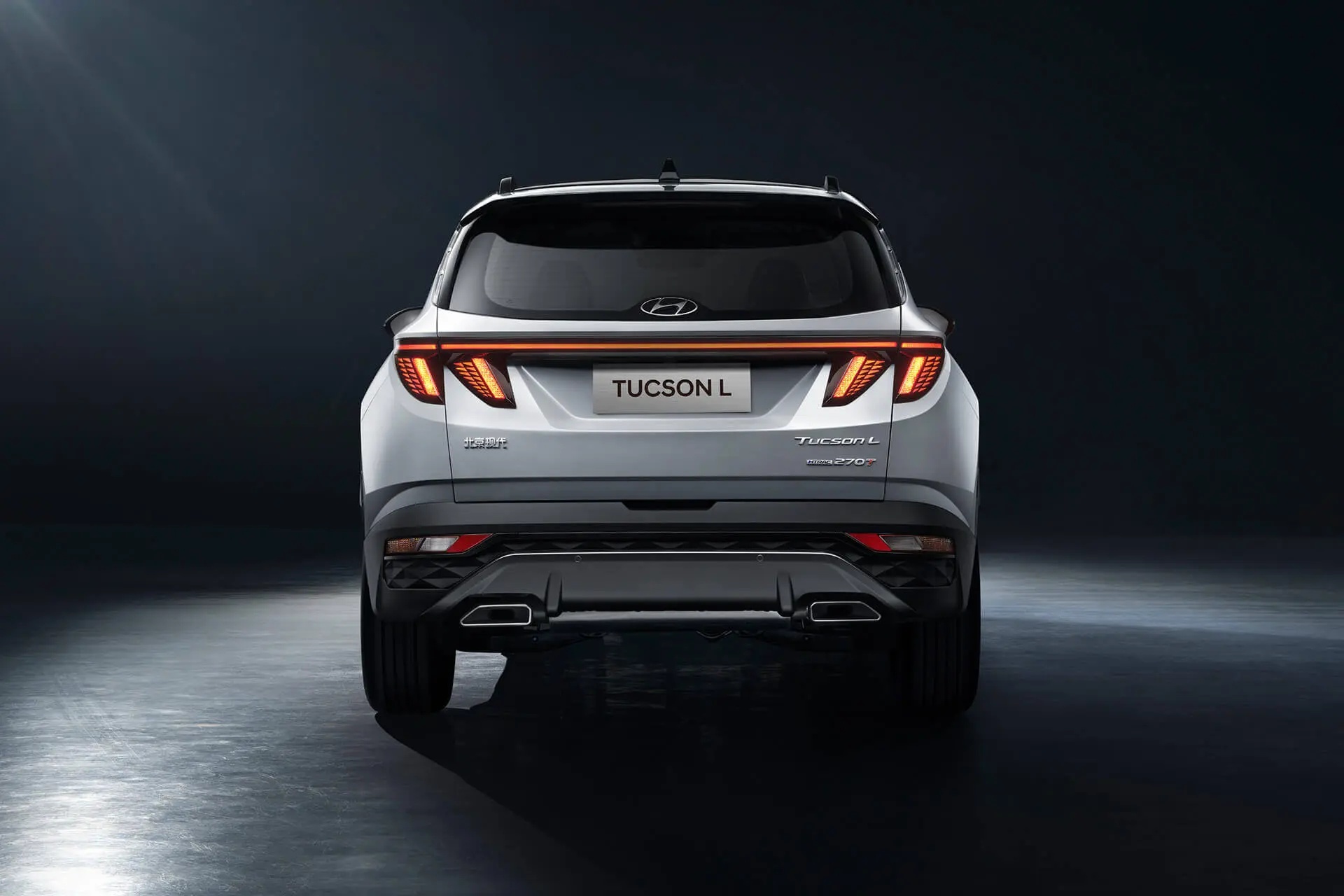
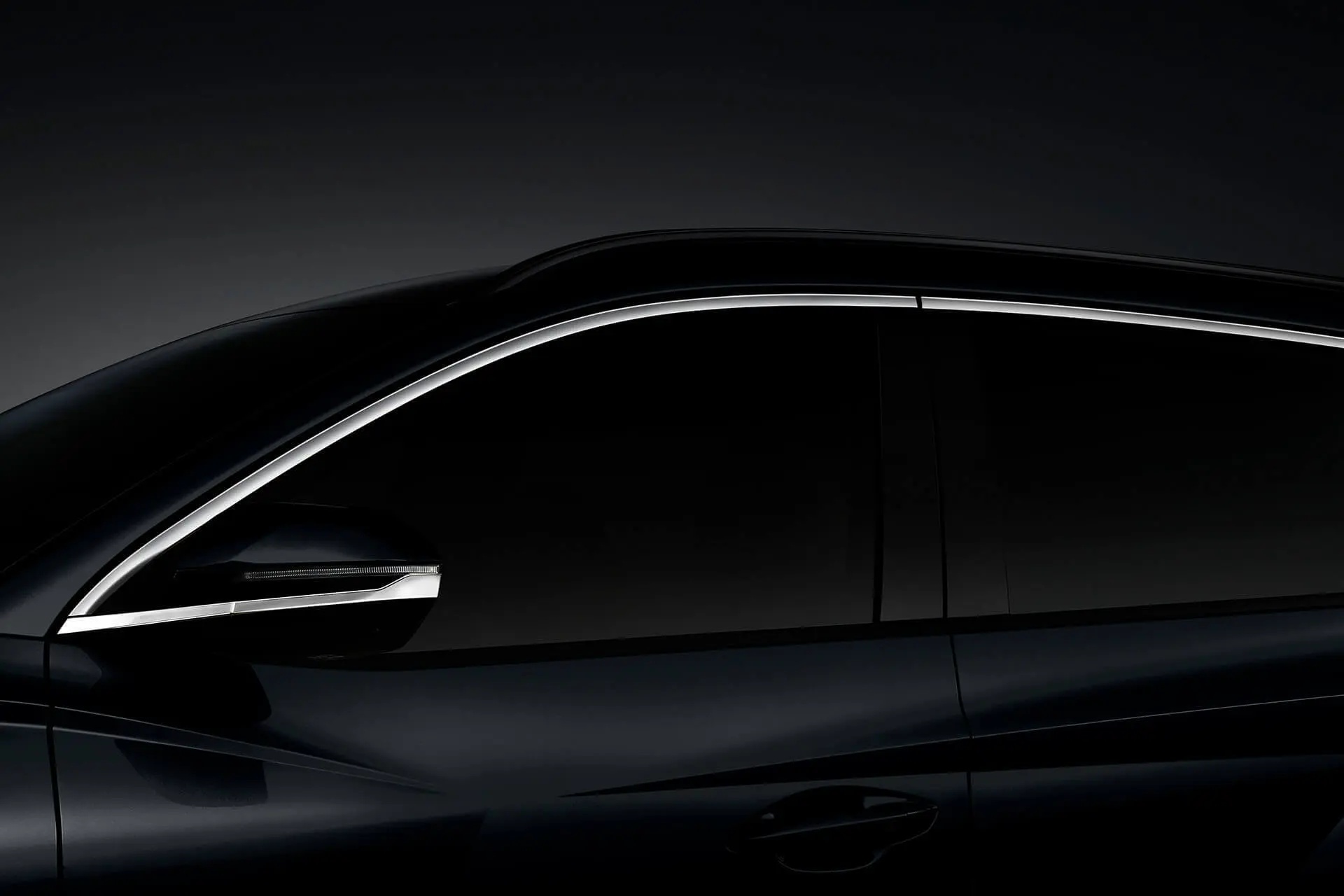
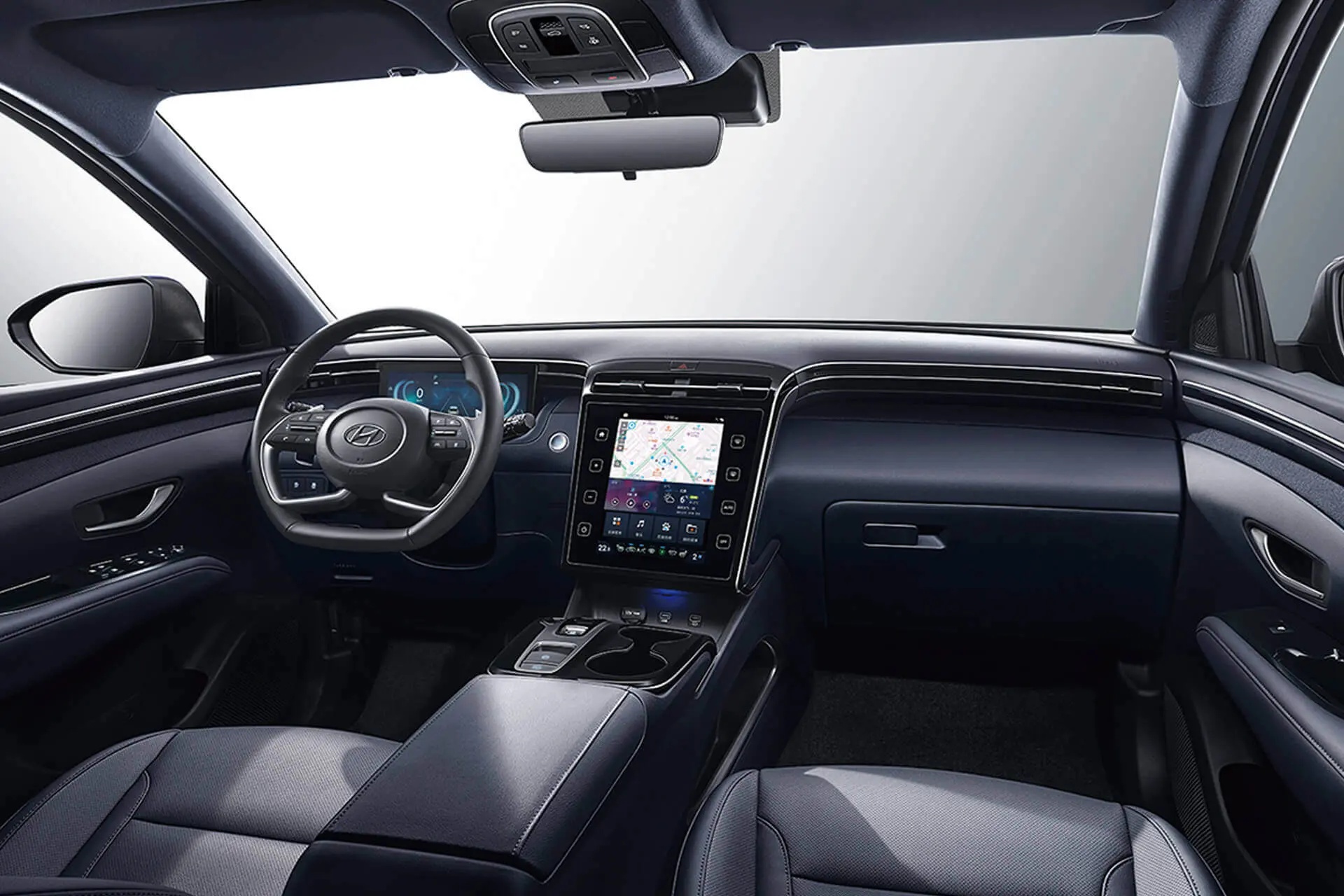
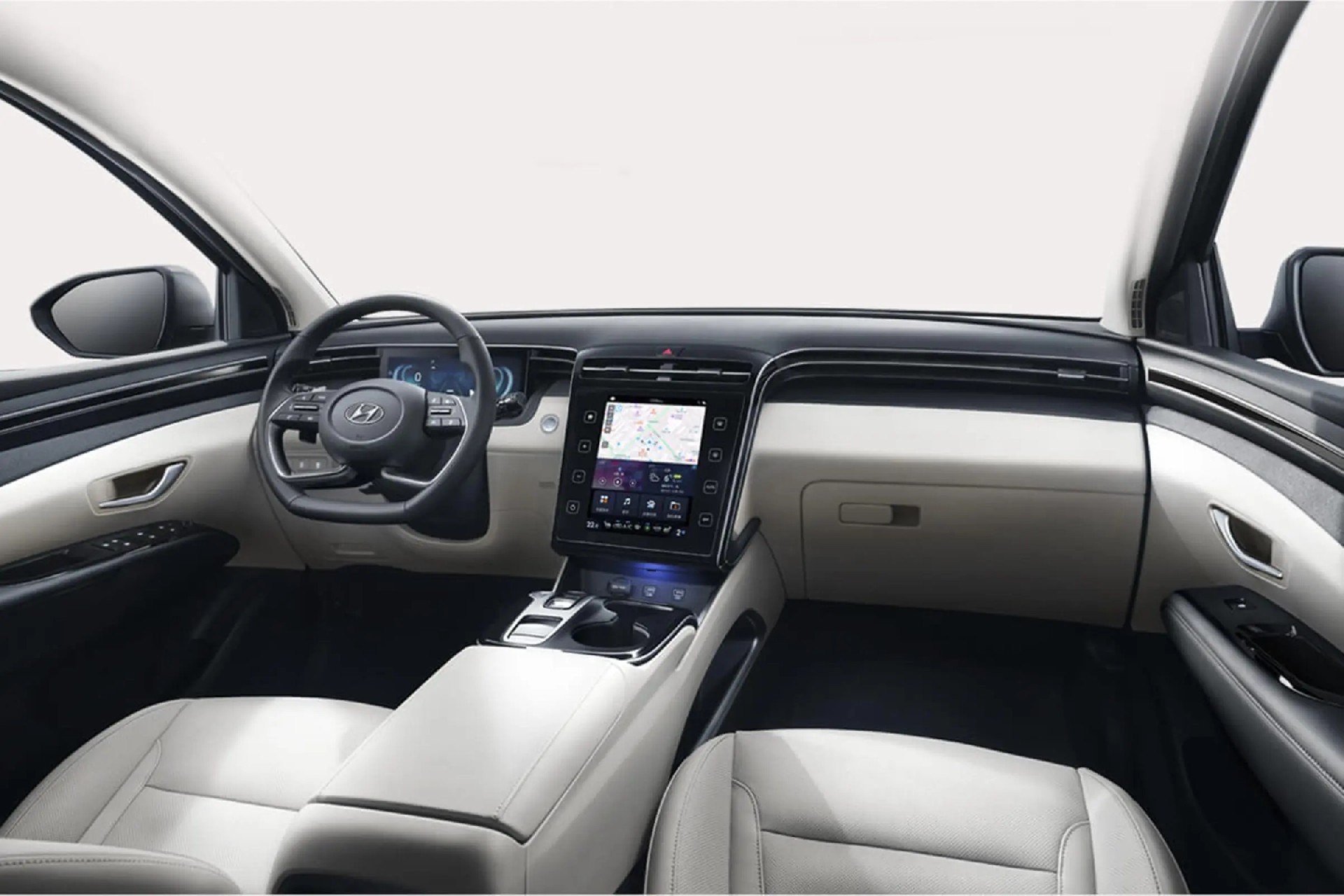
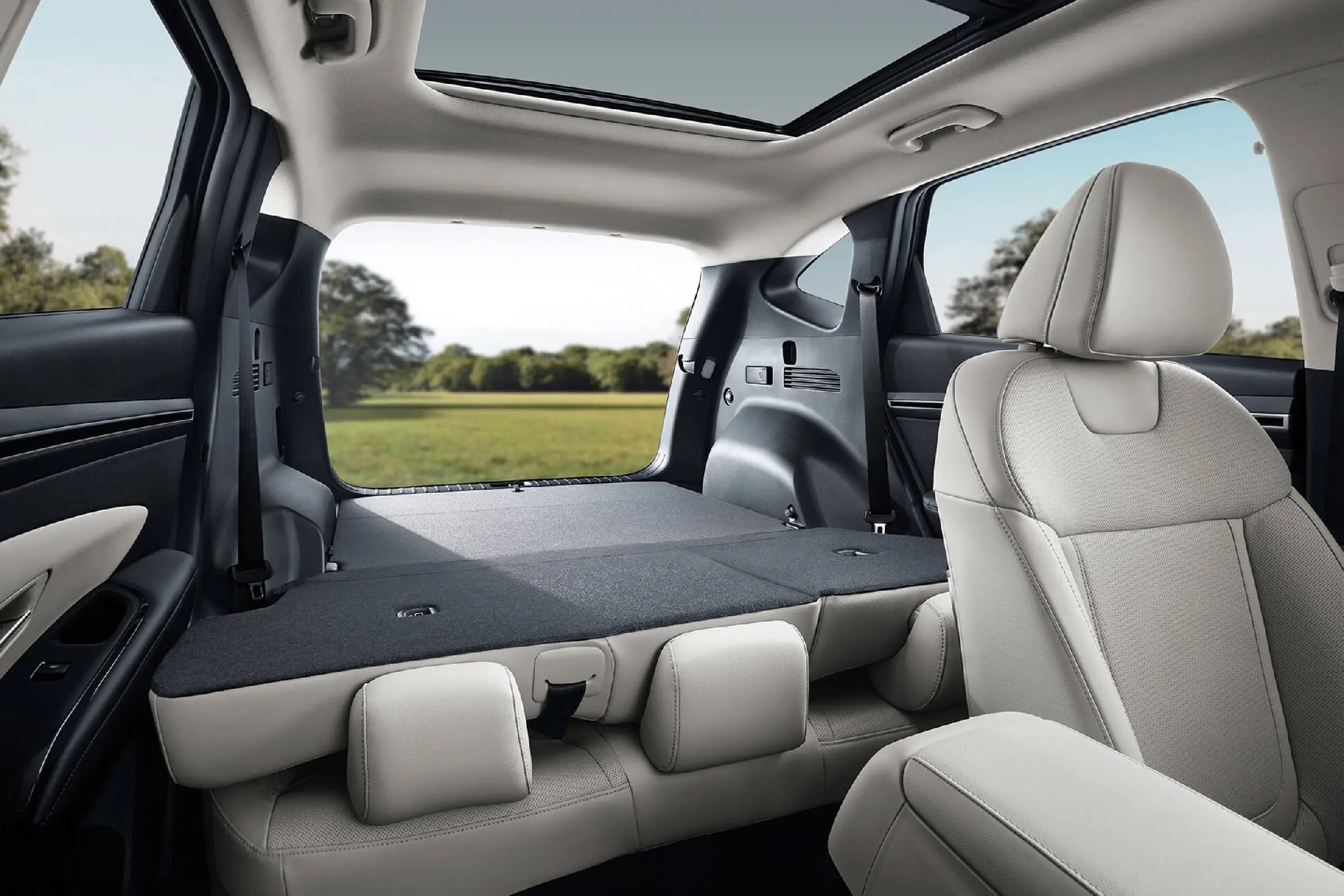
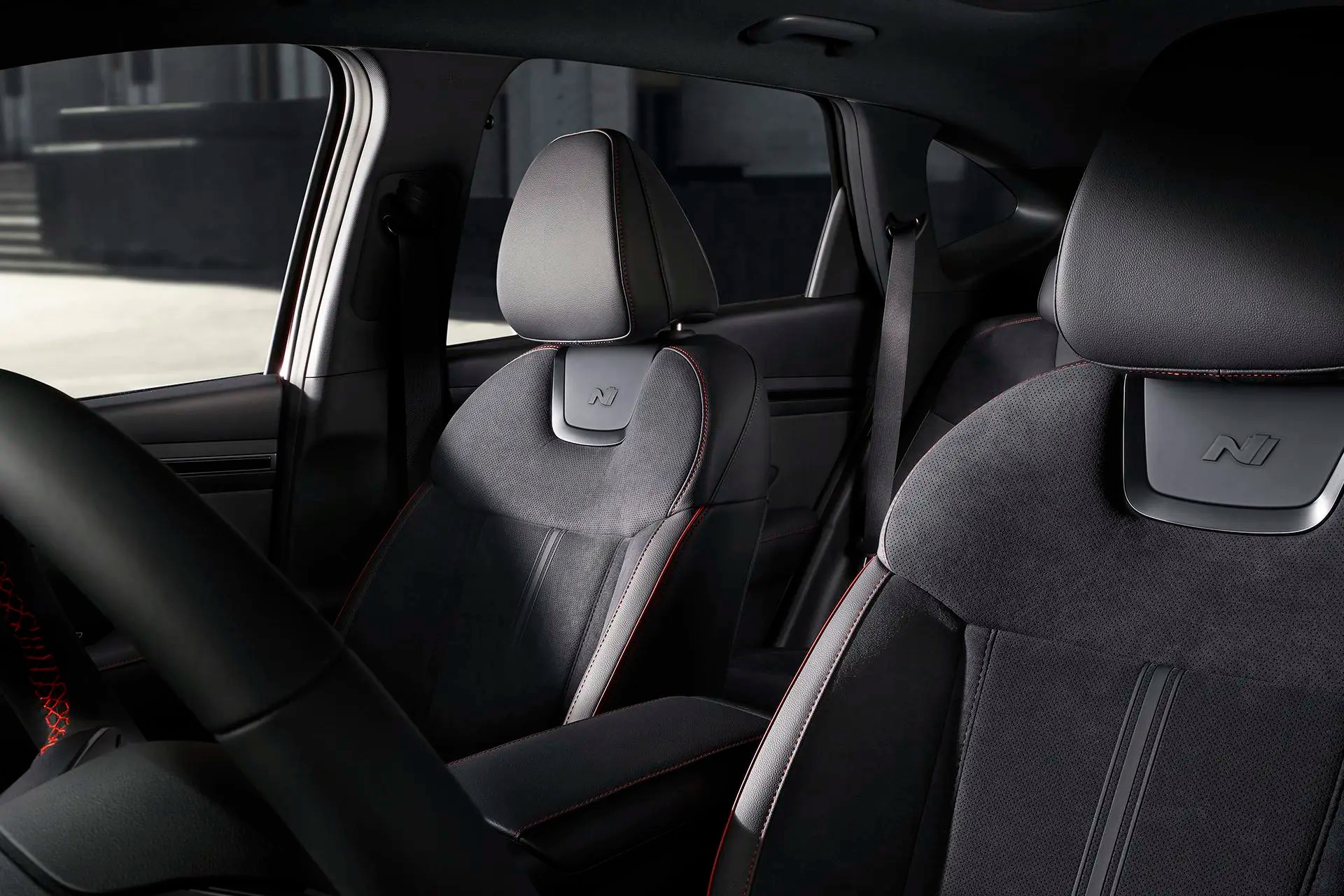
Customer Reviews